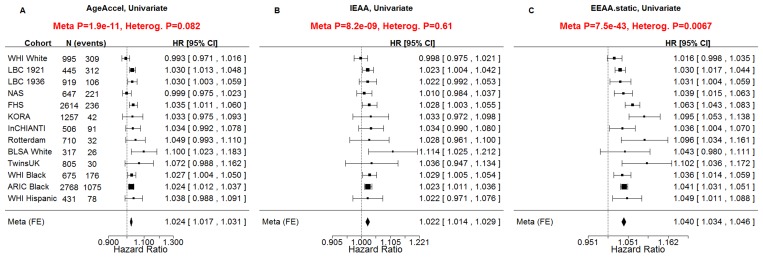Figure 2. Univariate Cox regression meta-analysis of all-cause mortality.
A univariate Cox regression model was used to relate the censored survival time (time to all-cause mortality) to (A) the universal measure of age acceleration (AgeAccel), (B) intrinsic epigenetic age acceleration (IEAA), (C) extrinsic epigenetic age acceleration (EEAA). The rows correspond to the different cohorts. Each row depicts the hazard ratio and a 95% confidence interval. The coefficient estimates from the respective studies were meta-analyzed using a fixed-effect model weighted by inverse variance (implemented in the metafor R package [34]). It is not appropriate to compare the hazard ratios and confidence intervals of the different measures directly because the measures have different scales/distributions. However, it is appropriate to compare the meta analysis p values (red sub-title of each plot). The p-value of the heterogeneity test (Cochran's Q-test) is significant if the cohort-specific estimates differed substantially.

